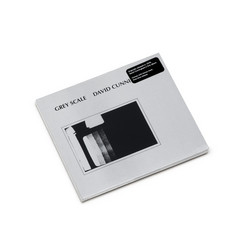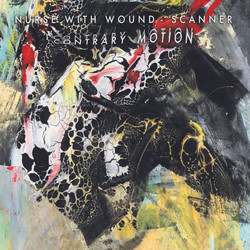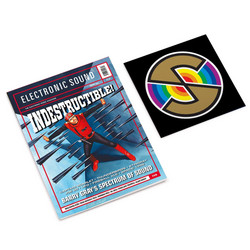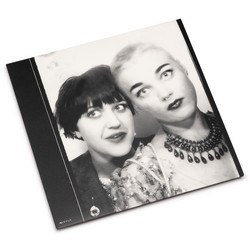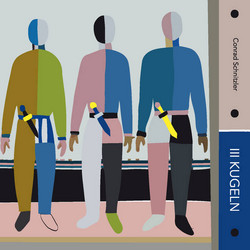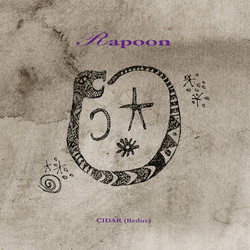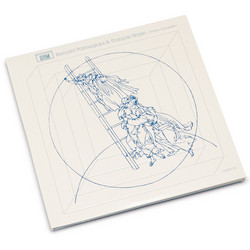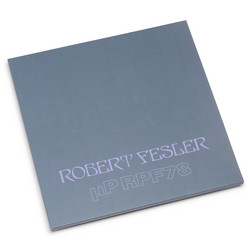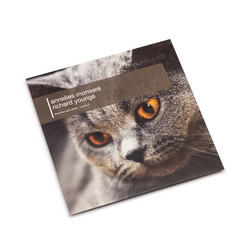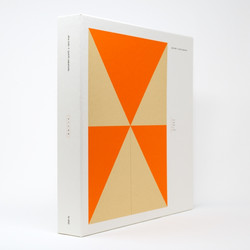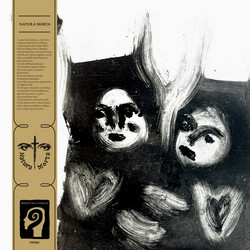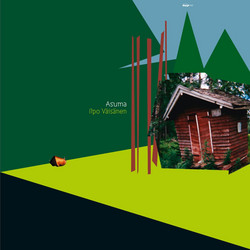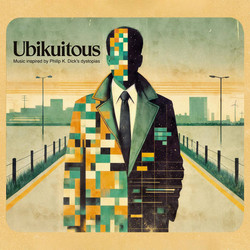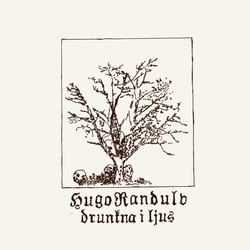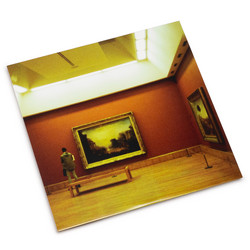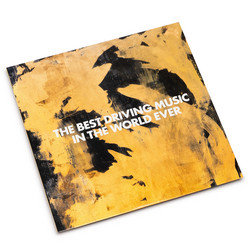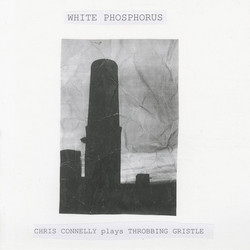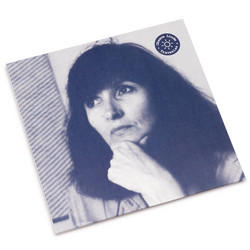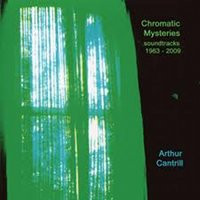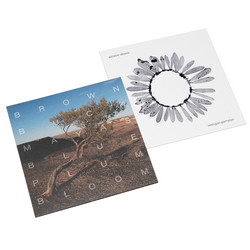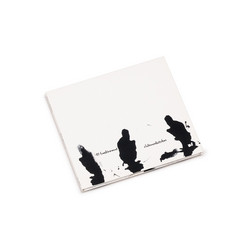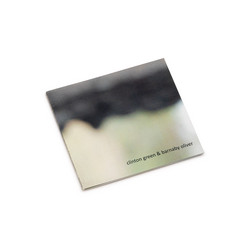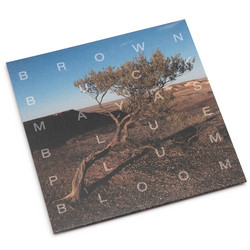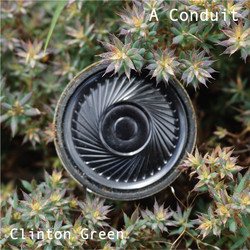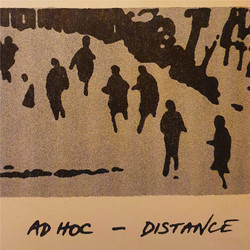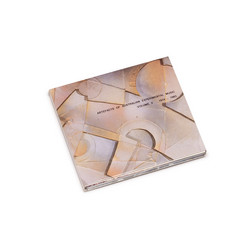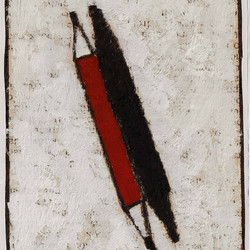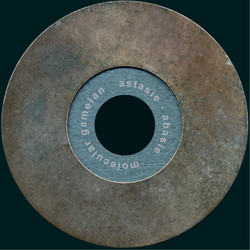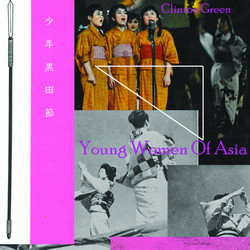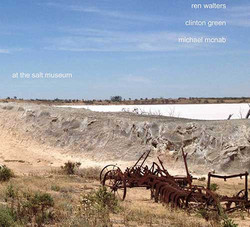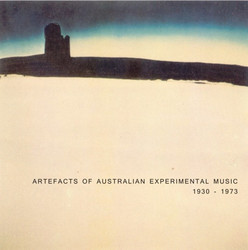MILESTONE! After being mooted for several years, the soundtrack to Arthur and Corinne Cantrill's 1970 feature-length film Harry Hooton is finally available. Features the groundbreaking music/sound created using a variety of musique concrete/tape techniques, collage, and treated recordings of early CSIRO mainframe computers. Hooton was a poet, futurist and thinker associated with the Sydney Push, and a formative influence on the Cantrill's artistic view, as detailed in Arthur's liner notes. This extraordinary soundtrack is a fitting tribute to Hooton, and stands as unique proto-electronic noise music decades ahead of its time. Limited edition of 300 copies, includes download card with bonus non-LP track.
"The sound for our Hooton film had to support the image in conveying the visionary philosophy. In the preceding four years in London I produced film sound tracks using reel-to-reel tape editing and mixing, and musique concrète methods, and felt confident that something interesting could be done for the Hooton film. We added a Revox semi-professional reel-to-reel tape recorder to our Ferrograph and Nagra tape machines, and I was pleased to find that it had a reverberation facility that fed the signal from the replay head back into the recording head (the reverb interval increased when the machine changed from 7½ to 3¾ inches per second). When taken to the extreme this resulted in a powerful pulsing white noise emerging from the reverb which could be controlled with precision. I set to work, feeding sea and other effects from the Nagra into the Revox and transforming the sound into something reminiscent of a ‘million universes’. I had no access to a synthesizer, but the results were akin to synthesizer sound.
We had access to tapes Hooton recorded just before his death in 1961 in which he extemporized on his ideas and read his writing; roughly half of the sound for the 83 minute-film is Hooton’s voice alternating with 40 minutes of sound compositions, which are never mixed with his voice. (His voice is not heard on this LP.)
One audio source for the compositions was the sound generated by computers at the CSIRO Division of Computing Research in Canberra, 1970. On our Nagra I recorded the extraordinary output from the early computing equipment: a high-pitched beeping and buzzing, which, when slowed down, became rather musical (the programmers told me this audio output provided information on the computer performance). When these were fed through the Revox reverb process a spacey dimension was added, the degree of which could be precisely controlled in real time, virtually an improvisation. These computer sounds are used throughout the film, sometimes emerging from the white noise pulsations, at other times carrying the sequence alone or as in 'Poem of Machines' used with shots of the CSIRO computer equipment, where the computer ‘music’ is heavily edited and intercut with mechanical sounds of the primitive computers in action: flipping punched cards, large hard drives etc...
Illustrating Hooton’s concept of ‘playtime on earth’, human voices are also sometimes used in the mix, especially the voices of joyful students, with reverb added, used with repeated hand-printed shots of students at an ANU drama festival. Human voices are also used in 'It’s All Bunk' as a tightly edited and mixed collage of 1970 radio news voices, ending in reverb white noise.
The ¼ inch tapes were transferred to 16mm full-coat magnetic film, edited, and tracks were laid to the workprint for mixing down in a dubbing theatre by a sound mixer, who referred to a dubbing cue sheet I prepared.
The sound on this LP is a transfer from the 16mm magnetic mixdown to digital audio tape, made in 1996." A. Cantrill
Limited Edition of 300 copies

